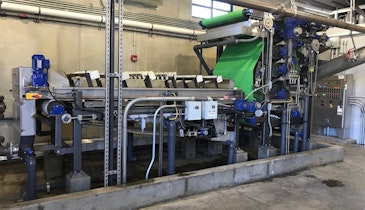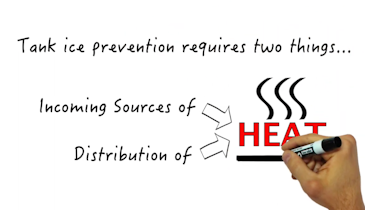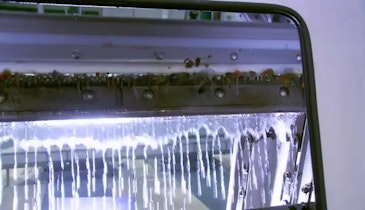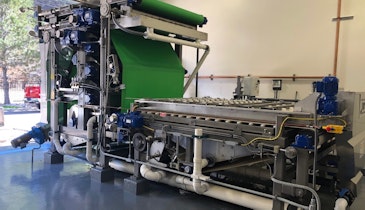Interested in Safety?
Get Safety articles, news and videos right in your inbox! Sign up now.
Safety + Get AlertsThe average American uses about 90 gallons of water daily, almost all of which is flushed or drained away. This vast amount of water, plus rainwater, flows into Ohio treatment plants like Jackson Pike and Southerly in Columbus. The workers in these plants face a higher-than-average rate of illness and injury, as reported by TPO magazine.
Hazards at Ohio wastewater treatment plants include exposure to toxic gases and chemicals in confined spaces with poor ventilation. Workers also risk trench collapses, potential exposure to waterborne diseases, and even drowning in process tanks and pits. These conditions can lead to serious injuries such as sprains, strains, back injuries, and respiratory disorders.
Despite the hazards, these workers are essential for maintaining public health and safety. In cases of severe injury or illness preventing them from working, they may be eligible for workers' compensation, highlighting the importance of their health and safety on the job.





